Gardening Q&A
-
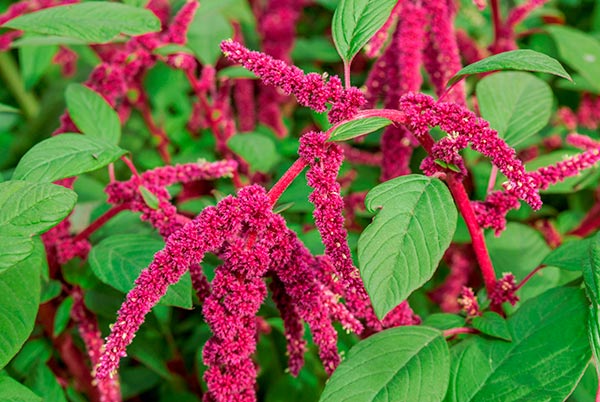
I want to plant a bed of colorful annuals in my garden, but want something unusual. Any ideas?
Yes. I love planting old-fashioned types of annuals with their unusual, evocative names: love lies bleeding (pictured above), kiss-me-over-the-garden-gate, love-in-a-mist, bells of Ireland, morning glory and more. Take a look through the seed racks at your local nursery and let your imagination take over. One year, I chose a half dozen or so seed packets based on the names of the flowers. What a surprise I had that year!
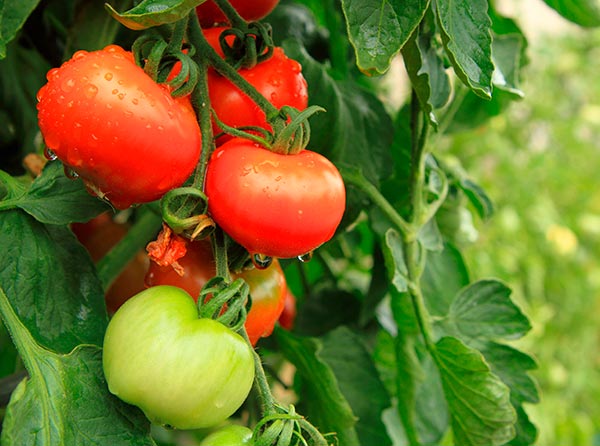
A couple years ago, many of my tomato plants wilted and died. I thought they had a disease, so I planted them in a different spot in the garden. I was also careful to throw away the dead plants. It keeps happening. What am I doing wrong?
A friend had the same thing happen, and he thought it was a mosaic disease that some tomatoes can get. Turns out he wasn't giving them enough water. They were certainly wilting and dying, but from thirst, not from disease. Tomatoes like thorough, deep watering. Let them dry out a bit, and water them again. The best way to water is also to do it slowly. Don't take a hose and flood them, but let the hose trickle until the ground is well saturated. I think this should take care of your tomato troubles.
-
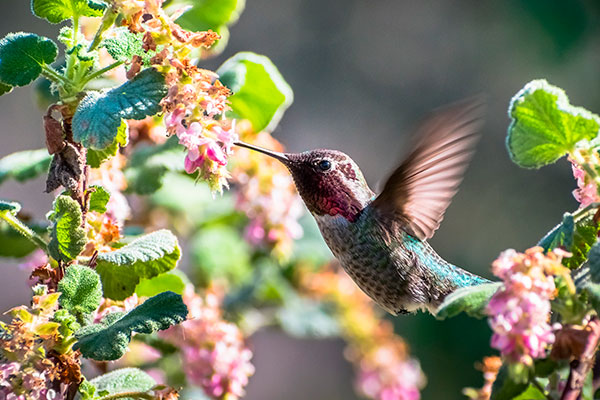
I'm torn as to whether I should keep putting hummingbird food or birdseed out during the winter. Will it keep the birds from migrating? Will it make them dependent on me for their food rather than find it in the wild?
Those are questions I have struggled with, too. I have a hummingbird feeder as well as a finch feeder. I want to give Mother Nature a hand, but at the same time I don't want to be responsible for changing the natural patterns of our wild neighbors. Don't worry: Bird experts say the sugar water is a supplemental food for hummingbirds, and they will leave once the insect population in the area drops below what they need to survive. U.S. Fish and Wildlife Service says you can feed wild birds year-round, and it won't make them "lazy" or "dependent." So I left my feeders up. But I also made sure I planted a few chaparral currant plants (Ribes malvaceum). It's a California native that comes out of dormancy as soon as the rains start each fall and is a favorite nectar plant for migrating hummingbirds.
However, I do draw the line at leaving anything out that might draw other wildlife to my house (such as leaving cat food out, since it attracts raccoons). Some wild animals should never be lured into urban areas. They will absolutely decide to move in, and in the end it will only get them into trouble.
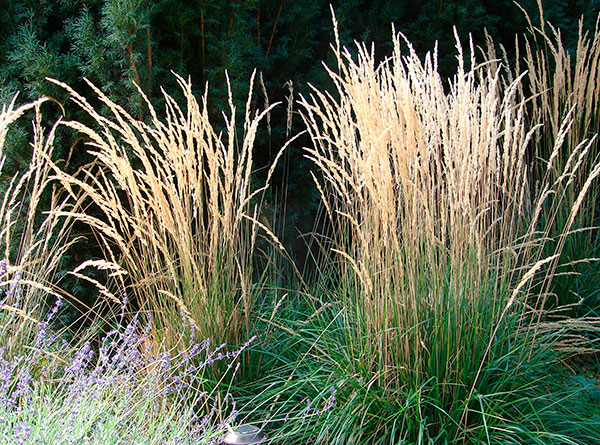
I planted a couple long rows of ornamental grasses—miscanthus and Calamagrostis—at my house. They were beautiful all spring and summer and fall. In fact, the fall colors were the best. But now they are falling apart all over the place. It's a mess, and I'm discouraged. Are they dead? What did I do wrong?
You did nothing wrong! But ornamental grasses need to be cut back once their fall colors begin to fade, because, as you learned, the next thing that happens is the plants fall apart, and the foliage gets scattered everywhere. Sometime between Thanksgiving and New Year's Day, cut them to the ground. They'll reward you with amazing foliage the coming year.
-
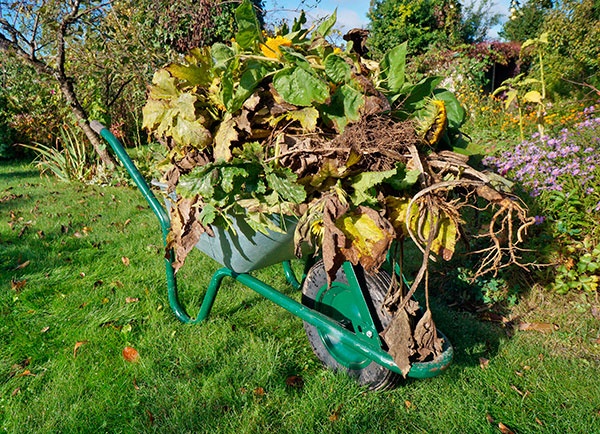
My vegetable garden is a mess, and weeds are starting to sprout. Is there anything I can do now instead of waiting until spring to make it easier to manage?
Yikes, yes! At the end of each season, pull all of the dead plants out of the garden. If you have a compost pile that gets really hot, compost all of the clippings. Otherwise, toss them into the green waste garbage bins if your community provides them. If you leave all this dead debris in the garden, it gives overwintering insects a place to hide and live.
Next, add as much compost to the soil as you can. Finally, put the garden to bed by adding mulch: leaves, straw, chipped bark. This keeps the weeds away. In the spring, rake away the mulch and plant the garden. Do not turn this mulch into the soil, because it will use the nitrogen in the soil to break down and deprive your vegetable plants of that nitrogen. An alternative to mulch is to plant a living mulch that you can turn into the soil and add nutrients to the soil. Timing is crucial for overwintering live mulches. There are plenty of instructions online if you are interested.
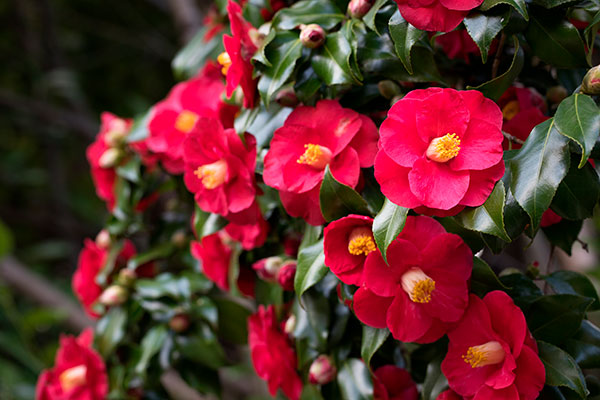
My camellias are making buds, but for the past few years the flowers have been turning brown and mushy and falling to the ground just a short time after they bloom. What's wrong?
Sounds like camellia blight. It generally affects late-winter- and spring-blooming camellias. It's caused by a fungus. It's the bane of all camellia enthusiasts.
The best control is to keep the fungus out of the garden, which, if you already have it, means judiciously picking up all the dropped flowers, including those stuck between the branches of the plant, not just the ones on the ground. Throw them in the garbage. Do not compost them. Chemical control of the blight is usually unsuccessful.
Oddly enough, fall-blooming camellias usually aren't affected by camellia blight.

